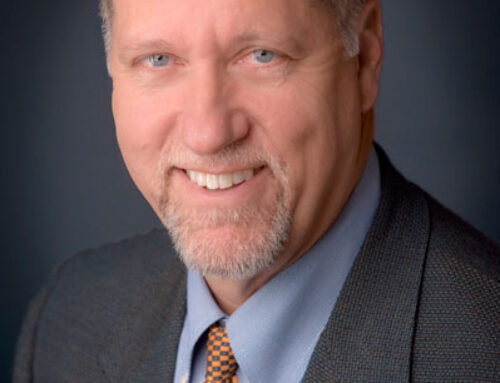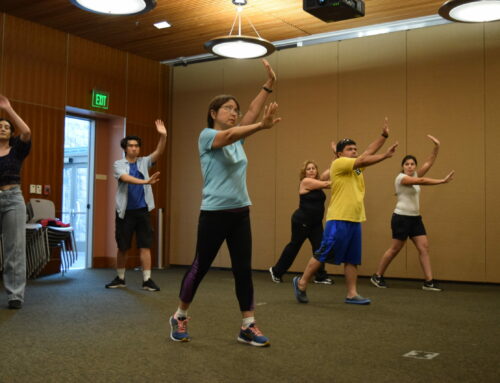Physician enjoys the complexity of the field and the challenges it provides
Published in the Feb. 19 – March 4, 2014 issue of Morgan Hill Life
By Staff Report

Zepure (Dr. K)
Kouyoumdjian
Dr. Zepure Kouyoumdjian — known as “Dr. K.” — is a board certified neurologist who helps people with headache disorders and other neurological conditions. She received much of her training through the Henry Ford Health System in epilepsy, neuromuscular disorders, and neurodegenerative disorders. She serves as the director of the stroke program at Saint Louise Regional Hospital. Morgan Hill Life recently asked her how people with chronic headache pain might consider neurological treatment.
How did your interest in neurological conditions get started?
My interest in neurological conditions started in medical school. As I went through the classes, the nervous system made the most sense to me. While my classmates struggled, I learned the information rather easily. Going through clinical rotations, I knew within the first 10 minutes of my time in a neurology clinic that I had to become a neurologist. I enjoy the complexity of the field and the challenges it provides.
Many people suffer from chronic headache pain. What “trigger points” should they consider as sources of the pain?
People with chronic headache pain may experience many trigger points. Some of the most common are in the back of the head, near the base of the skull, in the temples, in the jaw joints and the forehead. In this day and age, many of us are routinely using technological devices. Consequently, we end up causing a lot of tension throughout our head and neck regions, which also contributes to headaches.
What are possible ways to medically manage headache pain without surgery?
The good news is there are many ways to treat headaches without surgery. Surgical intervention for headache pain is not typically implemented unless it is due to a vessel, nerve, or brain abnormality that must be surgically treated. Oral medications, relaxation techniques, and injections, such as Botox injections, can significantly reduce headache pain.
What is Temporomandibular Joint Disorder and how can you help patients with this problem?
TMJ is a disorder that affects the jaw joint. Many patients with head and neck pain tend to have some underlying dysfunction in this region that contributes to spasming of the head and neck muscles, which increases the likelihood of headaches. Additionally, for a long time it was thought that head and neck pain occurs because of the vessels in the brain, but we now think the involvement of the nerve that goes through the temporomandibular joint is more likely to contribute to it. Therefore, treating the underlying jaw problem and decreasing the pressure on this joint can lessen headaches. Custom-molded mouth guards specifically designed for patients with TMJ are an effective, non-medical treatment option.
How can developing healthy patterns of eating, sleeping and exercising reduce headache pain?
People with headaches will benefit by having consistency in their patterns of eating, sleeping, and exercising. These individuals will tend to get worse headaches when they veer off of their routine schedule. For example, they will have headaches that occur on a day they slept in or woke up too early. Regular exercise is especially helpful as it increases dopamine and other neurochemicals that can help both relax muscles and decrease headaches. I encourage patients to implement a routine consisting of eating multiple times throughout the day, exercising, hydrating, and obtaining restful sleep.






